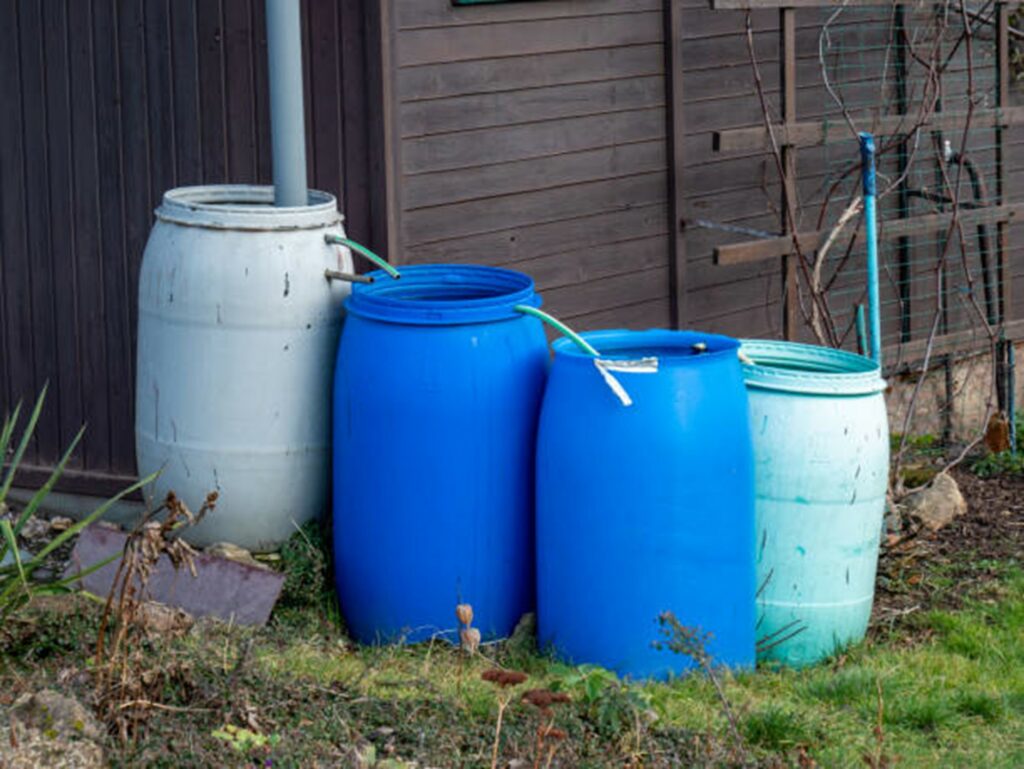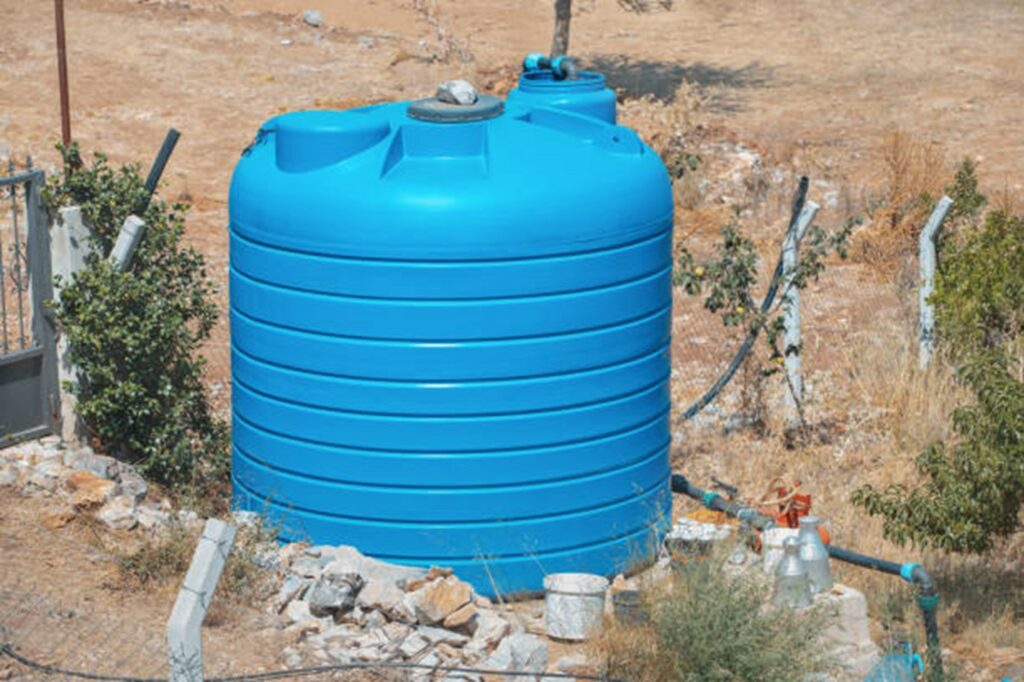Regenerative Garden Design South East Auckland When it comes to regenerative garden design in South East Auckland, there are a few key things to keep in mind. Firstly, you’ll want to think about the layout of your garden. What kind of plants and trees do you want to include, and where will they be situated? It’s important to consider things like sunlight, shade, and soil quality when making these decisions.
Another important factor to consider is water usage. In a regenerative garden, you’ll want to minimize your water usage as much as possible. This may involve using drought-resistant plants, installing a rainwater harvesting system in the form of rainwater tanks or rain gardens, or simply being mindful of when and how often you water your garden.

Rain Gardens
When creating a regenerative garden, it’s important to remember the importance of biodiversity. A regenerative garden aims to establish a thriving ecosystem that supports plants, insects, and animals which adds to the vital health of the environment. Therefore, avoiding the use of harmful chemicals or pesticides. Your Regenerative Garden should provide shade in pedestrian and vehicular areas prolonging the lifespan of paving and cladding.
If you’re planning to design a regenerative garden in South East Auckland, there are a few crucial factors to consider. You should carefully plan the layout, determining where to place your plants and trees. Keep in mind the factors that affect plant growth, such as sunlight, shade, and soil quality. By considering these factors, you’ll be able to create a stunning and sustainable regenerative garden that benefits both you and the environment for years to come. Regenerative gardening combines organic, sustainable, and polyculture practices. It recognizes that the garden is part of a larger ecosystem, natural methods are the best, and we should strive to create a diverse and thriving environment. Need to work with what’s already there rather than changing it to suit present gardening trends.
Home Rainwater collection is saved for future irrigation or filling ponds and pools, rather than put straight into the Stormwater system. If every house had tanks for water storage it would reduce the amount of water entering the stormwater system, especially in heavy rain events. When we experience a drought in our suburbs and cities, potable water is used for the irrigation of gardens. If we store a tank of rainwater, then we could reduce water wastage. Including rainwater tanks or rain gardens in a regenerative garden design are necessary elements.

Garden processes that aid Regenerative Gardening.
Mulching is a way of covering the earth with material to reduce weed growth and retain moisture in the soil. Cardboard, paper, compost, leaf litter, coir and even carpet, nut shells, bark or wood chip plus other natural product in your area can be used in a thick layer around 100mm deep.Composting is a process of reducing green, and brown garden materials, seaweed and food waste mixed together in a container and allowed to break down with time. Compost applied to the soil returns nutrients back to the soil to prevent depletion of soil nutrients over time.
Intensive planting gives little space for weeds to grow in your garden, and you make the most of your space. Plant in blocks rather than separated rows.


It all begins with the soil. Soil-building practices, such as composting, guarantee firm and enriched soil, we don’t need agrochemicals to grow plants. Healthy soil promotes more organic matter and impacts water-holding capacity which directly creates more plant nutrients. This process increases photosynthesis which pumps more carbon into the soil, creating a self-sustaining regenerative feedback loop.
Well-designed rainfed home gardens can increase crop productivity and increase biodiversity. This requires a regenerative farming approach with reduced or eliminated use of external chemicals and digging.
Did you know that both suburban and urban gardens can be beneficial for the environment? These gardens can act as water absorbers and filters, slowing down the flow of heavy rainfalls and removing pollutants from storm water. As a result, they can be both regenerative and rainwater collecting.

Regenerative Garden Design aims to increase the nutrient content of the soil (especially Nitrogen and Phosphates). Incorporating crops such as lupin in the winter to capture Carbon and nitrogen for the successive spring crops.
Increasing plant, crop, and tree diversity, not monocultures add to the diversity.
Crop rotation lessens the risk of pests and diseases, and soil nutrition depletion.
Our natural spaces are not only beautiful to look at, but they also play a significant role in preserving the environment. Our regenerative gardens are designed to protect the unique ecological features of each landscape, while also promoting a diverse ecosystem both above and below ground. Our goal is to create self-sustaining ecosystems, provide habitats for essential pollinators, and conserve water resources. If you need assistance in designing and setting up a healthy functioning ecosystem and garden, we would be delighted to help.
The concept of “Regenerative Gardening” has been born out of a combination of sustainable and regenerative farming practices, agroecology, agroforestry, and sustainable gardening, incorporating aspects of permaculture. Its origins remain unclear, but its goal is to cultivate crops, feed people, and utilize the natural features of the land, water, and nature to increase productivity while minimizing harm to the environment and even contributing positively to it.
A regenerative garden offers several benefits, including higher quality and fresher fruits, nuts, and vegetables. It also minimizes environmental impacts on soil and water, reduces the food miles of conventional systems, and provides a sustainable and eco-friendly solution. Plant-based diets are becoming increasingly popular, and your garden can provide alternatives to animal protein, which contributes to reducing carbon emissions, efficient use of resources, and less harm to animals. Additionally, in a regenerative garden, concerns about chemical use in agriculture that can be harmful to humans can be addressed as these chemicals are not used in this approach.
These movements have drawn interest from urban dwellers who wish to establish their own local food production instead of relying on commercial goods. This can be done on land of varying sizes, from small balconies to many hectares.

